- Quick and easy service
Car Rental Copenhagen
Search, compare & book!
- Free cancellation Up to 48 hours prior to the scheduled pick up time
- Best price guarantee Have you found a better price? Let us know and we will make you a better offer.
- Already 500,000+ bookings More than half a million people preceded you 24000+ pick-up locations Locations around the world
- 24000+ pick-up locations Locations around the world
Car Rental Copenhagen
Renting a car in Copenhagen is simple with us. We offer the best rates in the market. We offer rental cars worldwide, in over 125 countries and more than 17,000 locations. All inclusive car rental in Copenhagen at the best rates - quality service guaranteed!
Car rental offers in Copenhagen
Whether you're looking for a small rental car or a station wagon for the entire family, we will always have a suitable vehicle for the lowest price. Below are some examples from our selection in Copenhagen.
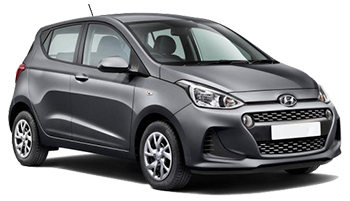
-
Europcar From€ 13 /day
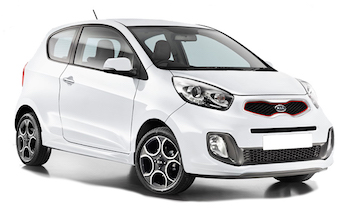
-
Keddy By Europcar From€ 13 /day -
Sixt From€ 15 /day -
Avis From€ 16 /day
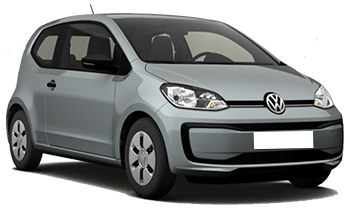
-
Keddy By Europcar From€ 17 /day -
Europcar From€ 18 /day -
Alamo From€ 26 /day
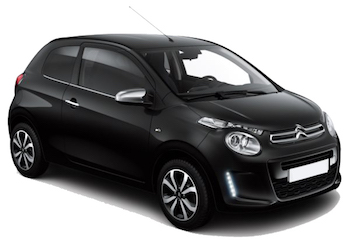
-
Alamo From€ 13 /day -
Enterprise From€ 18 /day
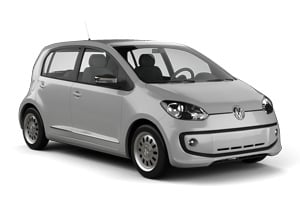
-
Alamo From€ 15 /day -
Enterprise From€ 17 /day

-
Alamo From€ 19 /day -
Enterprise From€ 22 /day

-
Alamo From€ 15 /day -
Europcar From€ 16 /day -
Keddy By Europcar From€ 16 /day

-
Alamo From€ 20 /day -
Enterprise From€ 22 /day
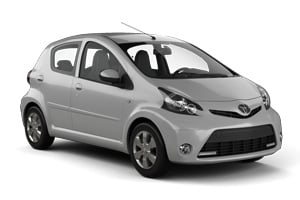
-
Thrifty From€ 18 /day -
Hertz From€ 20 /day
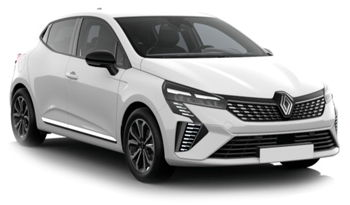
-
Europcar From€ 13 /day -
Enterprise From€ 25 /day
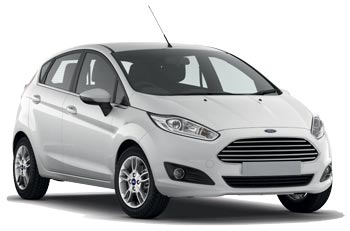
-
Keddy By Europcar From€ 14 /day -
Europcar From€ 16 /day -
Thrifty From€ 19 /day
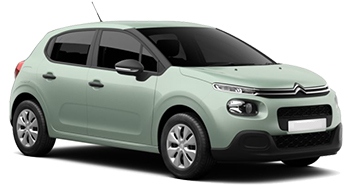
-
Avis From€ 18 /day -
Alamo From€ 20 /day -
Enterprise From€ 22 /day
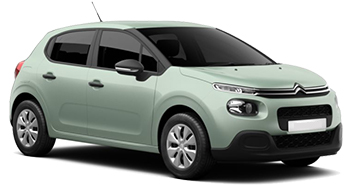
-
Avis From€ 15 /day -
Alamo From€ 15 /day -
Enterprise From€ 15 /day
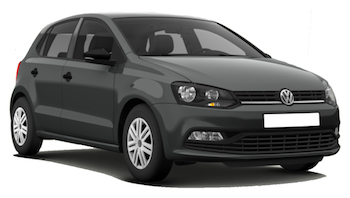
-
Alamo From€ 16 /day -
Enterprise From€ 17 /day -
Sixt From€ 23 /day
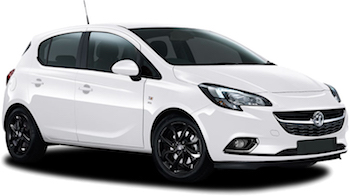
-
Budget From€ 18 /day -
Sixt From€ 27 /day

-
Budget From€ 17 /day -
Sixt From€ 21 /day
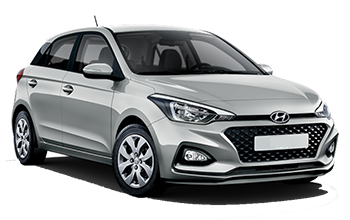
-
Keddy By Europcar From€ 17 /day

-
Keddy By Europcar From€ 19 /day -
Europcar From€ 20 /day -
Hertz From€ 25 /day
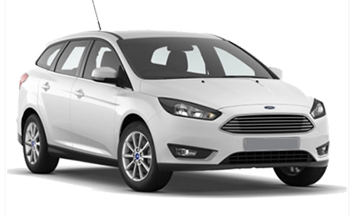
-
Keddy By Europcar From€ 14 /day -
Alamo From€ 16 /day -
Thrifty From€ 19 /day
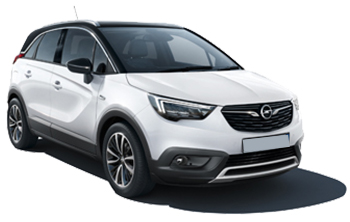
-
Europcar From€ 14 /day
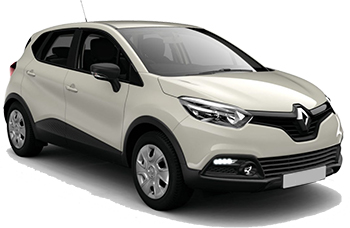
-
Keddy By Europcar From€ 16 /day -
Europcar From€ 21 /day -
Alamo From€ 25 /day
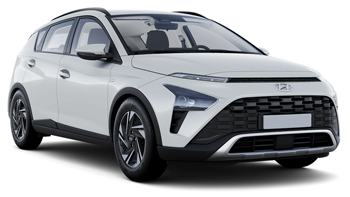
-
Europcar From€ 14 /day
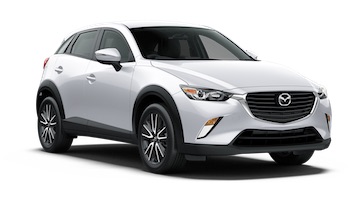
-
Alamo From€ 16 /day -
Enterprise From€ 21 /day
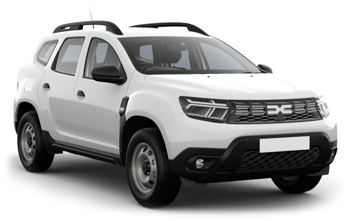
-
Keddy By Europcar From€ 18 /day -
Europcar From€ 21 /day
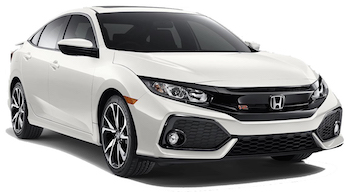
-
Keddy By Europcar From€ 16 /day
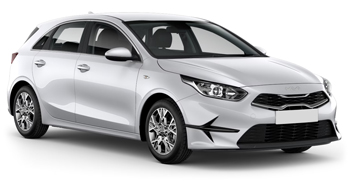
-
Alamo From€ 21 /day -
Avis From€ 22 /day -
Budget From€ 22 /day
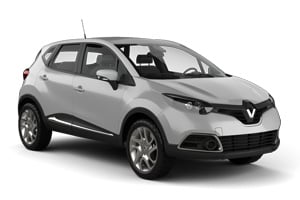
-
Keddy By Europcar From€ 16 /day -
Europcar From€ 16 /day -
Alamo From€ 20 /day
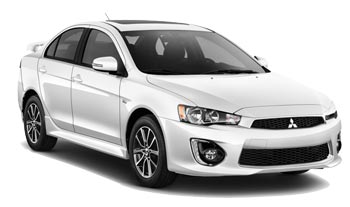
-
Keddy By Europcar From€ 18 /day
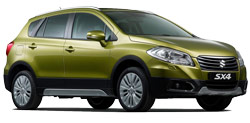
-
Keddy By Europcar From€ 19 /day -
Europcar From€ 20 /day

-
Keddy By Europcar From€ 19 /day -
Europcar From€ 25 /day
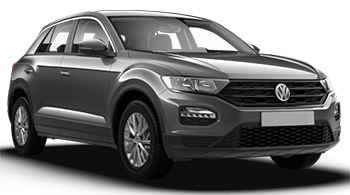
-
Keddy By Europcar From€ 19 /day

-
Keddy By Europcar From€ 19 /day
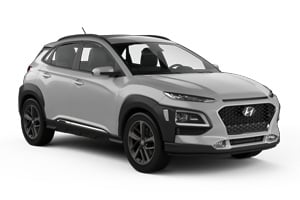
-
Europcar From€ 20 /day

-
Keddy By Europcar From€ 26 /day -
Europcar From€ 35 /day
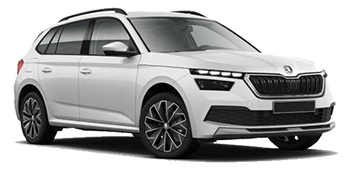
-
Europcar From€ 20 /day
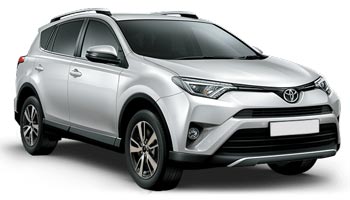
-
Budget From€ 20 /day -
Avis From€ 23 /day -
Hertz From€ 78 /day
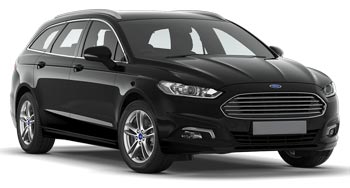
-
Keddy By Europcar From€ 22 /day
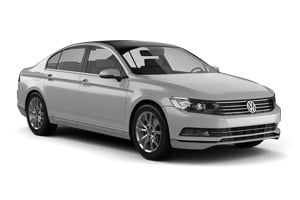
-
Keddy By Europcar From€ 23 /day -
Alamo From€ 26 /day -
Enterprise From€ 29 /day
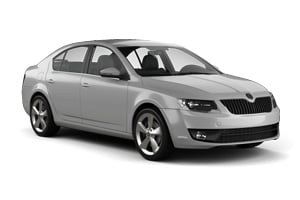
-
Alamo From€ 27 /day -
Avis From€ 29 /day -
Enterprise From€ 30 /day
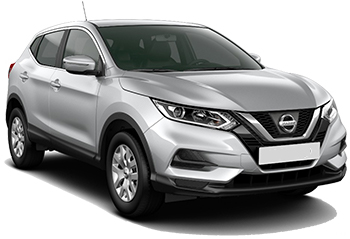
-
Europcar From€ 25 /day -
Alamo From€ 26 /day -
Enterprise From€ 29 /day

-
Thrifty From€ 25 /day -
Hertz From€ 29 /day
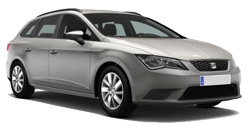
-
Keddy By Europcar From€ 27 /day -
Europcar From€ 40 /day

-
Thrifty From€ 25 /day -
Hertz From€ 27 /day
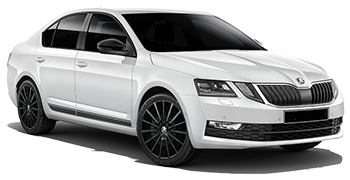
-
Alamo From€ 26 /day -
Avis From€ 28 /day -
Enterprise From€ 30 /day

-
Alamo From€ 29 /day -
Enterprise From€ 29 /day -
Sixt From€ 40 /day
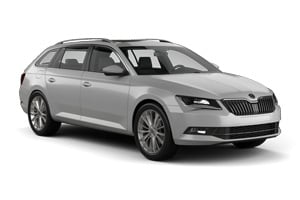
-
Europcar From€ 28 /day
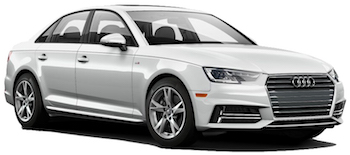
-
Alamo From€ 34 /day -
Enterprise From€ 45 /day
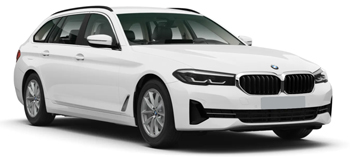
-
Avis From€ 36 /day

-
Avis From€ 34 /day
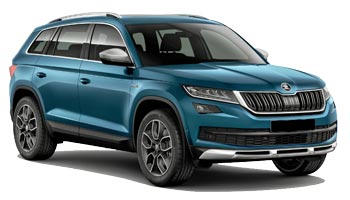
-
Europcar From€ 35 /day -
Budget From€ 35 /day

-
Sixt From€ 37 /day
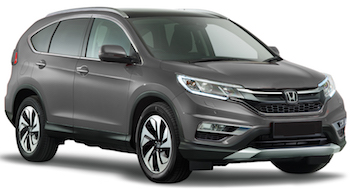
-
Sixt From€ 35 /day

-
Sixt From€ 35 /day

-
Budget From€ 37 /day -
Europcar From€ 45 /day
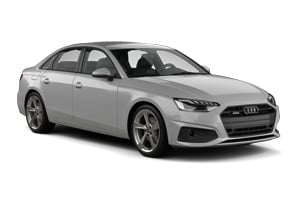
-
Keddy By Europcar From€ 24 /day -
Alamo From€ 45 /day -
Enterprise From€ 45 /day
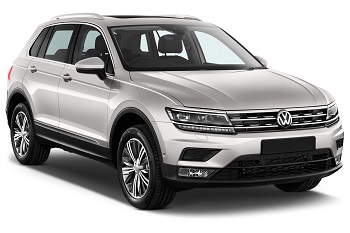
-
Keddy By Europcar From€ 24 /day -
Europcar From€ 48 /day

-
Keddy By Europcar From€ 24 /day -
Europcar From€ 29 /day
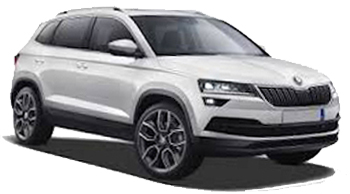
-
Europcar From€ 29 /day
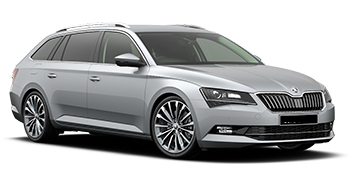
-
Keddy By Europcar From€ 30 /day -
Europcar From€ 53 /day
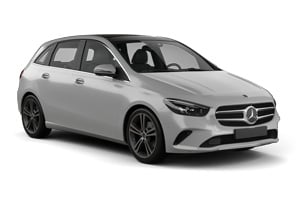
-
Europcar From€ 29 /day

-
Keddy By Europcar From€ 30 /day -
Europcar From€ 34 /day
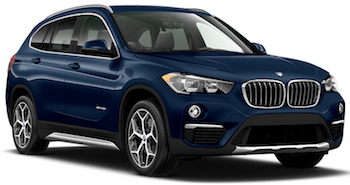
-
Alamo From€ 35 /day -
Enterprise From€ 43 /day
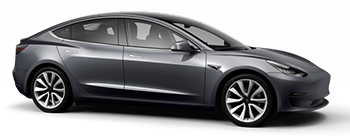
-
Thrifty From€ 32 /day -
Hertz From€ 44 /day

-
Alamo From€ 16 /day -
Thrifty From€ 20 /day -
Keddy By Europcar From€ 21 /day
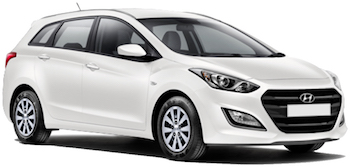
-
Budget From€ 19 /day -
Avis From€ 21 /day

-
Budget From€ 24 /day -
Avis From€ 26 /day
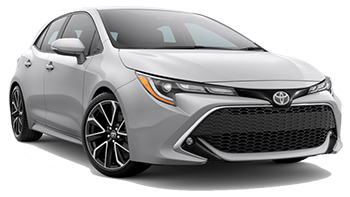
-
Thrifty From€ 20 /day -
Hertz From€ 25 /day
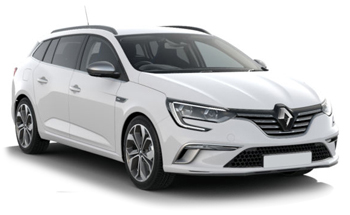
-
Sixt From€ 22 /day -
Europcar From€ 27 /day -
Keddy By Europcar From€ 27 /day

-
Europcar From€ 27 /day -
Keddy By Europcar From€ 27 /day -
Sixt From€ 28 /day
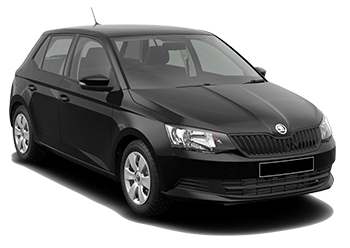
-
Budget From€ 22 /day

-
Keddy By Europcar From€ 22 /day

-
Keddy By Europcar From€ 27 /day -
Europcar From€ 40 /day
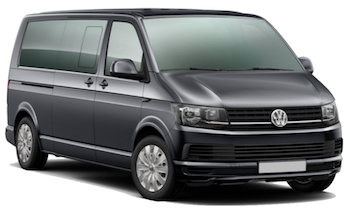
-
Avis From€ 27 /day
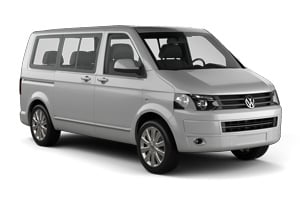
-
Budget From€ 28 /day -
Sixt From€ 35 /day -
Avis From€ 38 /day

-
Budget From€ 39 /day -
Avis From€ 42 /day -
Europcar From€ 63 /day
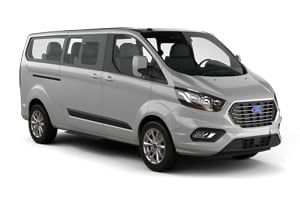
-
Thrifty From€ 41 /day -
Sixt From€ 52 /day -
Hertz From€ 53 /day

-
Avis From€ 42 /day
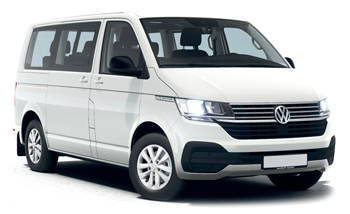
-
Sixt From€ 43 /day
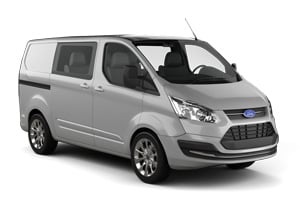
-
Keddy By Europcar From€ 51 /day -
Europcar From€ 53 /day
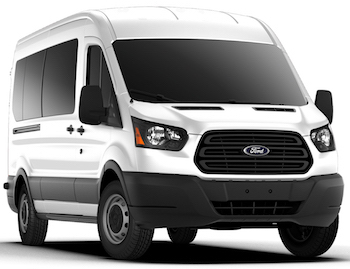
-
Keddy By Europcar From€ 51 /day -
Europcar From€ 53 /day -
Alamo From€ 69 /day
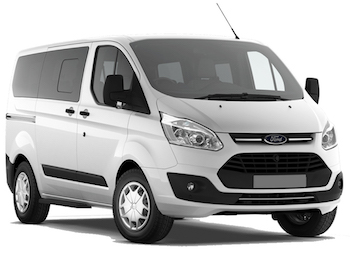
-
Hertz From€ 57 /day -
Sixt From€ 82 /day

-
Alamo From€ 16 /day -
Enterprise From€ 21 /day

-
Alamo From€ 20 /day -
Enterprise From€ 21 /day

-
Alamo From€ 24 /day -
Enterprise From€ 25 /day
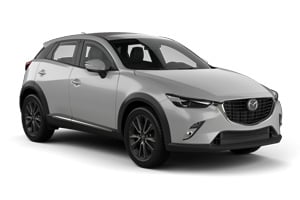
-
Alamo From€ 20 /day -
Enterprise From€ 20 /day

-
Budget From€ 20 /day -
Thrifty From€ 25 /day -
Hertz From€ 29 /day

-
Alamo From€ 25 /day -
Enterprise From€ 25 /day
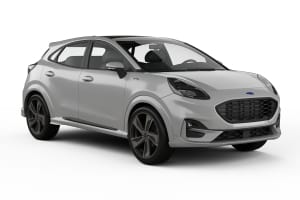
-
Thrifty From€ 22 /day -
Hertz From€ 22 /day
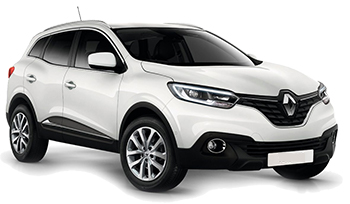
-
Alamo From€ 22 /day -
Enterprise From€ 24 /day

-
Alamo From€ 26 /day -
Enterprise From€ 26 /day

-
Thrifty From€ 18 /day

-
Thrifty From€ 18 /day
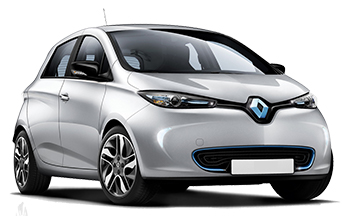
-
Budget From€ 22 /day -
Avis From€ 23 /day
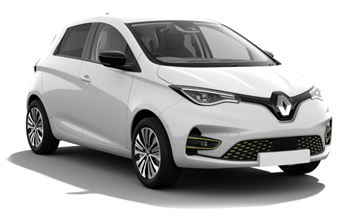
-
Budget From€ 18 /day -
Sixt From€ 20 /day -
Avis From€ 21 /day

-
Avis From€ 18 /day -
Budget From€ 21 /day
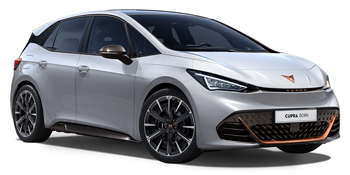
-
Avis From€ 23 /day -
Budget From€ 26 /day
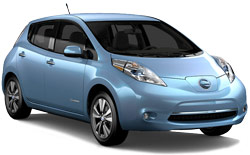
-
Budget From€ 21 /day

-
Budget From€ 30 /day
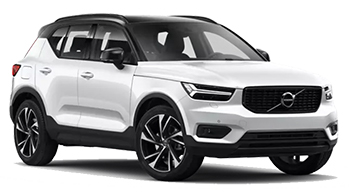
-
Thrifty From€ 27 /day -
Hertz From€ 29 /day
Car rental companies in Copenhagen
Below are the car rental companies in Copenhagen with the best ratings. Compare all ratings and prices of these rental companies in one search.
-
Enterprise
From€ 15 / day -
Budget
From€ 17 / day -
Avis
From€ 15 / day -
Hertz
From€ 20 / day -
Thrifty
From€ 18 / day -
Alamo
From€ 13 / day

When is the best time to book a rental car in Copenhagen?
Car rental companies in and around Copenhagen
Information about Copenhagen
Copenhagen is a modern city where water and greenery call the tune. This is not the place for lovers of old architecture, as most of Copenhagen was built after 1807, when the city was set on fire by the British. One of the few buildings that was saved, is the Stock Exchange from the sixteenth century.
Copenhagen is a fairly spacious city, that nevertheless radiates coziness, especially in the most beautiful (and busiest) part of town, Nyhavn. Nyhavn is a canal that connects the city with the sea. North of the canal used to be the Danish capital's rough sailor's neighborhood. Nowadays it is a cozy entertainment district with cafés, bars, outdoor cafés and restaurants. On the south side there are stately patrician houses, which these days often house (expensive) restaurants. Boats leave from Nyhavn for a tour through the canals or to one of the fortress islands.
What Manneken Pis represents for Brussels, The Little Mermaid represents for Copenhagen. This bronze statue – based on a fairy tale by Hans Christian Anderson – is one of the most popular tourist attractions. If you want to immortalize the mermaid without having other tourists in your picture, you have to go at the break of dawn. The statue of the fairy-tale writer himself is located next to the City Hall.
Another major tourist attraction is the amusement park Tivoli, in the city center. On heydays, like Christmas, the park is beautifully lit. Tivoli is much more than an amusement park though. Besides the fairground attractions, it houses some of the best restaurants and several theaters. Top artists perform in the large Concert Hall, there's cabaret in the Tivoli Theater and the park also includes a pantomime theater, the Valmuen youth theater and the Plænen open-air theater. In addition, there are several bars, discotheques and nightclubs. All in all it's a popular entertainment area. The Nørrebro neighborhood is also enjoyable. It used to be a somewhat impoverished working-class district, but nowadays it is a trendy nightlife area of alleys around the Nørrebrogade main street.
Copenhagen's museums are not world-famous but they still have some fine collections. The Ny Carlsberg Glyptotek exhibits antiquities from Mediterranean countries, sculptures and French impressionist paintings. In the Nationalmuseet you can learn about the history of Denmark and the Danes. For children it is fun that they can dress up like a Viking captain or princess in this museum. In the Dansk Design Center on the HC Andersens Boulevard you imagine yourself back in the sixties and seventies: Furniture and utensils from those days, including cutlery, old computers and telephones.
Some of that hippie spirit can also be found in the Freetown Christiania, near the city center. These days the area is more commercial than when the 'free state' was founded in the early 1970s. However, the neighborhood still exudes a very special atmosphere with artworks on the walls, alternative shops and galleries, and artists of all sorts who try to sell their creations. On several occasions, the government has tried to put an end to the trafficking of soft drugs in Christiania, with varying degrees of success. Because of this open trade, it is prohibited to take photographs in Christiania. It's not that free after all ...
Copenhagen is no London or Paris, but it still has the reputation of being a shopping paradise. The city has one of the largest pedestrianized streets in the world, the Strøget. In reality it consists of several streets that follow one another. Tourists are not only attracted by the shops, as in summer it is very lively here when there are musicians, mime players and other street artists. Art and antiques shops can be found on the Strædet, which runs parallel with the Strøget.
In and around Copenhagen
The old fishing village of Dragør is located immediately south of the airport. In the seventeenth century, the Dutch settled here to supply agricultural products and flowers to the Danish court. It's a picturesque village with an old center of mustard color houses. High earning inhabitants of Copenhagen have often bought up these houses: Living in a rustic atmosphere, close to the city where they work. One of the houses nearby the port is still decorated the way it was when the Dutch lived here.
At the foot of the Roskilde Fjord, thirty kilometers west of Copenhagen, lies the Viking Ship Museum. It holds five original Viking ships that were lifted from the fjord. The Vikings deliberately sank the ships to block access to the fjord. Roskilde is an old city (and used to be Denmark's capital). In summer, the city hosts the renowned Roskilde Rock Festival.
In Copenhagen you are never far away from the beach. Just north of the city there are beaches near the posh suburb of Charlottenlund. Here you can also visit the remains of an old fortress, which now houses a restaurant. There is a campsite around the ruins. A little bit further north, near the suburb of Klampenborg, lies Bellevue Beach. This wide, sandy beach is hugely popular in summer months.
When driving to Charlottenburg by rental car, you pass through Hellerup. Here you'll find a really fun museum, especially for children: The Experimentarium. As the name suggests, it is an interactive science museum, where you are challenged to experience all the displays and tests for yourself.
Copenhagen offers a wide range of accommodations, but prices are fairly high. If money is not an issue, you should spend the night in one of the old fortresses: The Flakfortet on an island, or the Dragør Fort. On the beaches you'll find charming old seaside hotels. Most hotels are located in the city center (Indre By) and the Versterbro neighborhood, just west of the center.
Parking
Part of the center of the Danish capital is pedestrianized. Finding a parking space in the center can be difficult. In addition you pay the highest rates in this so-called red zone. Rates are lower in the green zone and in the blue zone you pay even less. Outside these zones, in the suburbs, parking is free for up to two hours. After that, you also have to pay here. Parking is free in the entire city outside opening hours of shops (Mondays through Fridays from 8 a.m. - 8 p.m. and Saturdays from 8 a.m. - 2 p.m.). The city also has various parking garages, for example near the large shopping malls.
Airport
Copenhagen International Airport is located eight kilometers southeast of the city. You can easily reach Copenhagen Kastrup Airport by rental car. The airport is situated directly along the E20 that connects Copenhagen with Malmö in Sweden.
